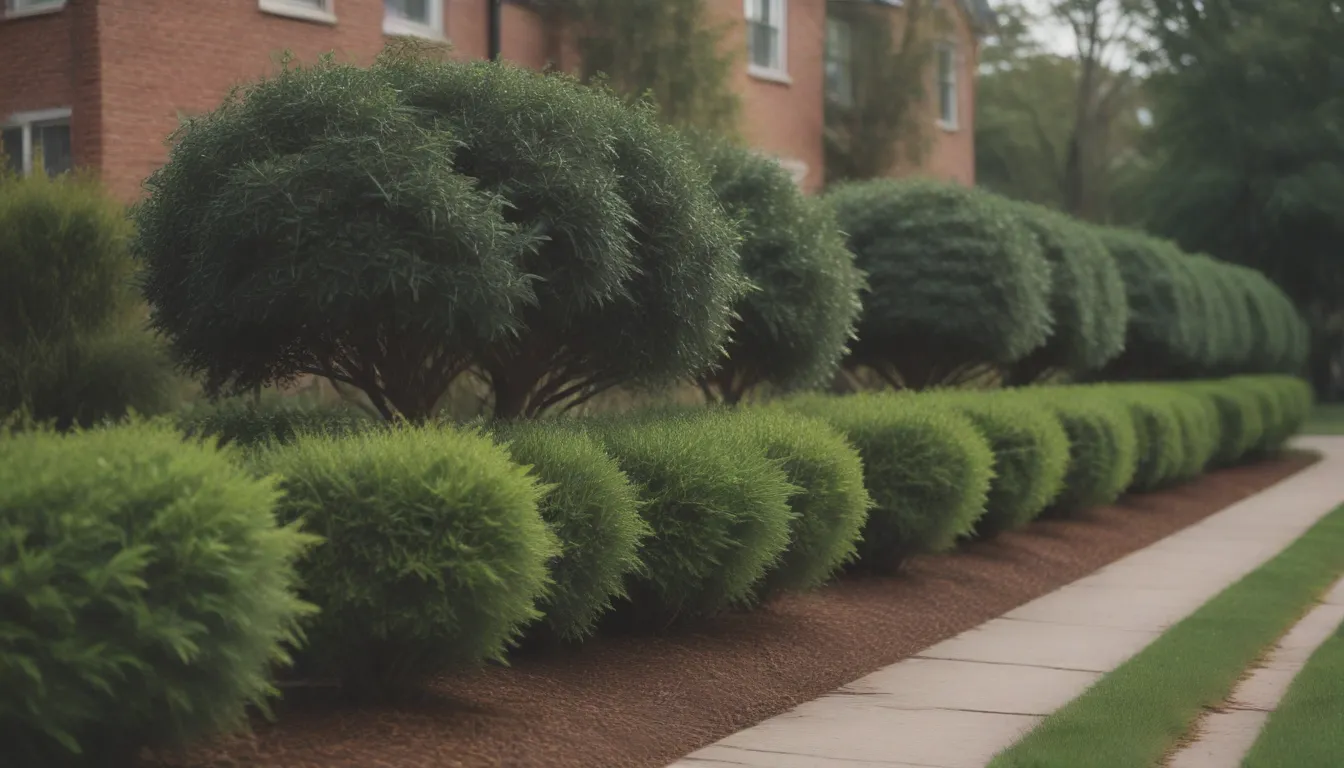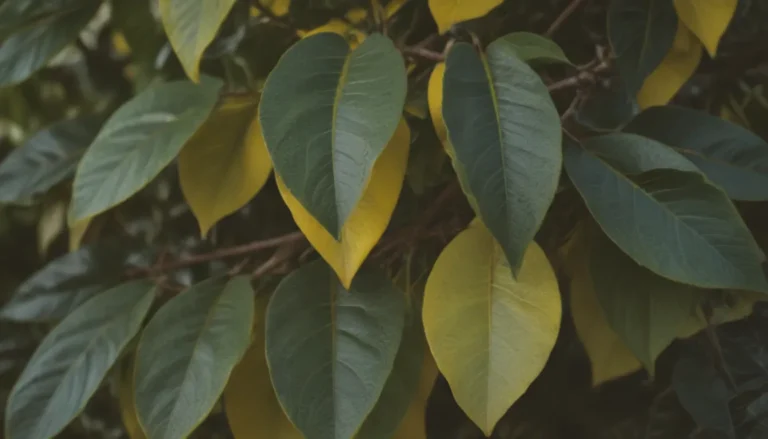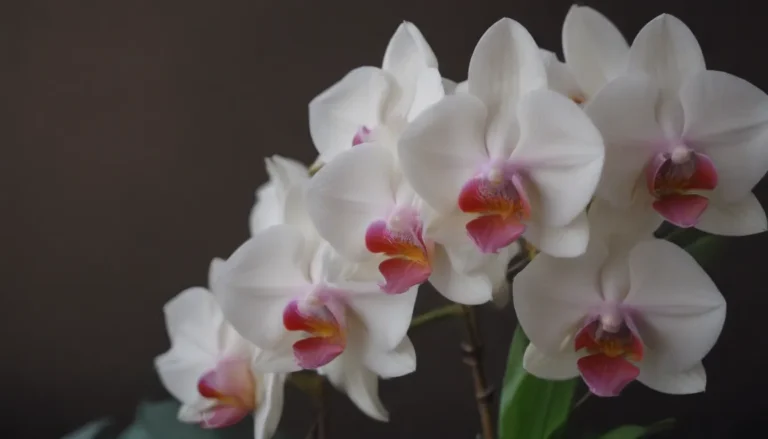The 1/3 Rule for Pruning Shrubs: A Gardener’s Guide to Perfectly Pruned Plants

Are you one of those home landscapers who either fears pruning too much or goes overboard trying to achieve the perfect shape for your shrubs and trees? It’s time to ditch those extremes and embrace the 1/3 rule for pruning. This rule involves trimming about one-third of the plant’s healthy growth during any major pruning session. When done correctly, it can stimulate new growth, promote plant health, and keep your landscape looking its best.
Why the 1/3 Rule Works
The 1/3 rule isn’t just a random guideline – it’s based on how plants respond to pruning. When you prune about one-third of the plant’s growth, it stimulates new growth from dormant buds and helps the plant maintain a balance between its above-ground and below-ground parts. By trimming too much or too little, you risk damaging the plant or inhibiting its growth.
- Benefits of the 1/3 Rule:
- Stimulates new growth
- Promotes plant health
- Maintains plant balance
For established shrubs and small trees, moderate pruning is key to encouraging healthy, vital growth. Plants need a balance between their top greenery and root system to thrive. When you prune just the right amount, the plant responds by pushing forth new growth to restore that balance. This regrowth is essential for plant health and vitality.
But if you prune too much, the plant may go into shock and start regrowing from suckers or water sprouts, leading to a ragged appearance. On the other hand, pruning too little won’t stimulate significant new growth. It’s all about finding that sweet spot – and the 1/3 rule is the way to do it.
When to Apply the 1/3 Rule
It’s important to note that the 1/3 rule applies to fully established shrubs and small trees. Newly planted shrubs and trees need time to establish their root systems before undergoing major pruning. If a plant requires supplemental watering outside of drought periods, it’s likely still in its transplant shock phase and should be spared from aggressive pruning.
- Key Points to Remember:
- Newly planted shrubs need time to establish roots
- Apply the 1/3 rule only to established plants
- Larger shade trees may require less aggressive pruning
For larger shade trees, pruning should be limited to no more than one-quarter of the total branches. While they benefit from assertive pruning, they don’t require the same level of vigor as multi-stemmed shrubs. Regular pruning is essential for all plants to maintain their health and resilience against wind damage.
The Art of Pruning: Techniques and Tips
Pruning is both a science and an art, and mastering the basics can elevate your gardening game. Here are some essential tips for achieving the best results with the 1/3 rule:
- Basic Pruning Technique:
- Remove dead, damaged, or diseased wood
- Prune crossing branches to prevent bark damage
- Select strong, well-placed stems to keep and remove secondary stems
- Conclude with light pruning for shaping, if desired
For an established shrub or small tree, one assertive pruning session per growing season is typically sufficient. Late winter or early spring is the ideal time for most plants, as they are still dormant but gearing up for new growth. Spring-blooming varieties require careful pruning to preserve flower buds for a vibrant display.
Remember, being bold and following the 1/3 rule is crucial for achieving your pruning goals. Don’t be afraid to remove enough wood to stimulate new growth and revitalize your plants. Timid pruning may yield minor results, while aggressive pruning can lead to plant stress and damage.
- When 1/3 Is Not Enough:
- Neglected shrubs may benefit from rejuvenation pruning
- Rejuvenation pruning involves cutting the plant back severely for a fresh start
- Not all shrubs respond well to this technique, but it can work wonders for overgrown plants
Periodic hard pruning may be necessary for vigorous-growing deciduous shrubs or multi-stemmed varieties that produce new growth each year. While it may seem drastic, rejuvenation pruning can help revive neglected plants and restore them to a healthier state.
Conclusion
In conclusion, mastering the 1/3 rule for pruning shrubs and small trees is essential for maintaining a healthy, vibrant landscape. By understanding the importance of balance, timing, and technique, you can transform your plants into thriving, beautiful specimens. Remember to approach pruning with confidence, follow best practices, and trust in the power of the 1/3 rule to guide your gardening journey. Happy pruning!





